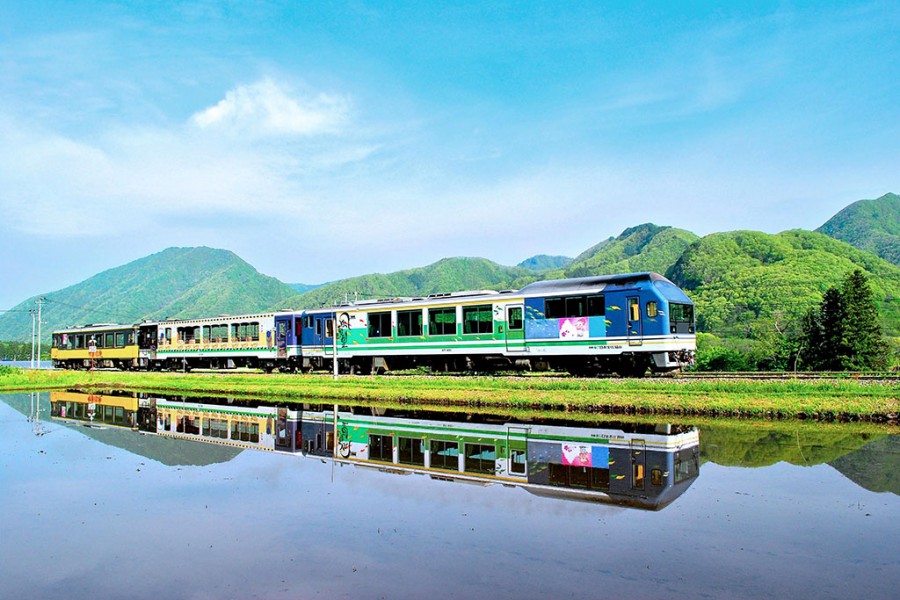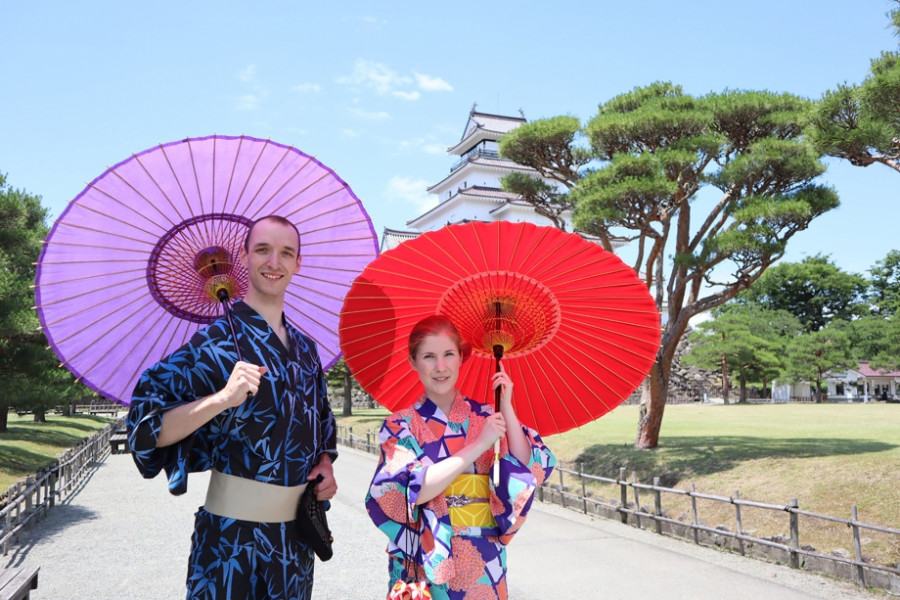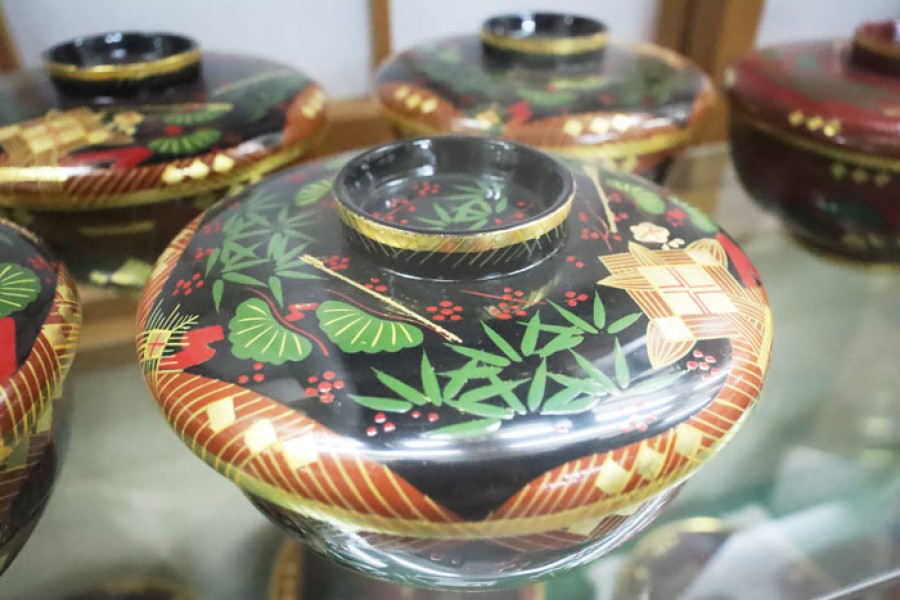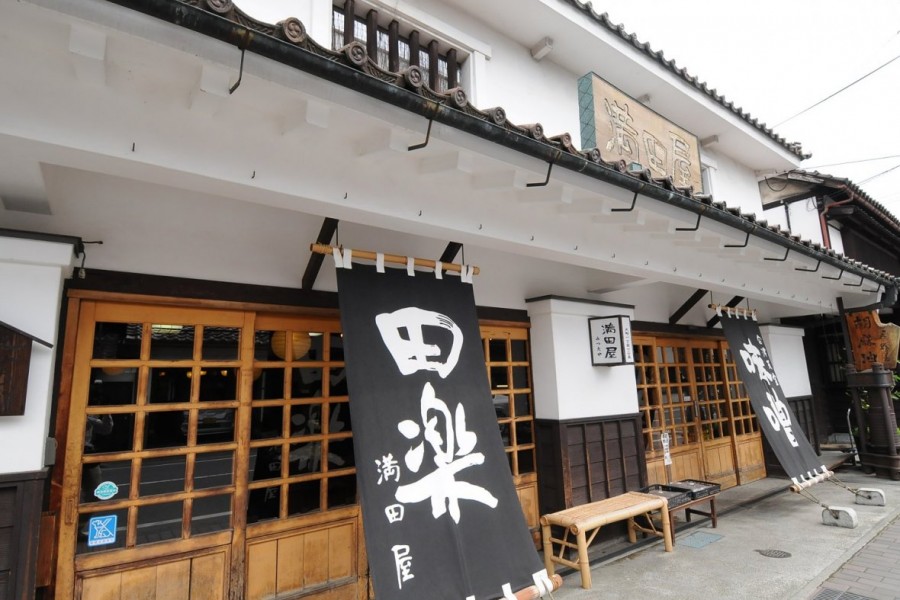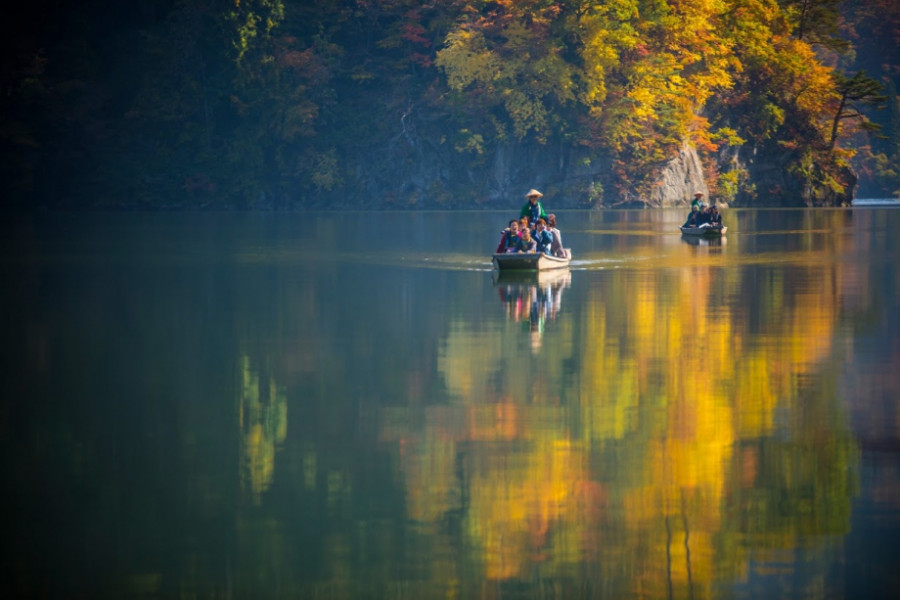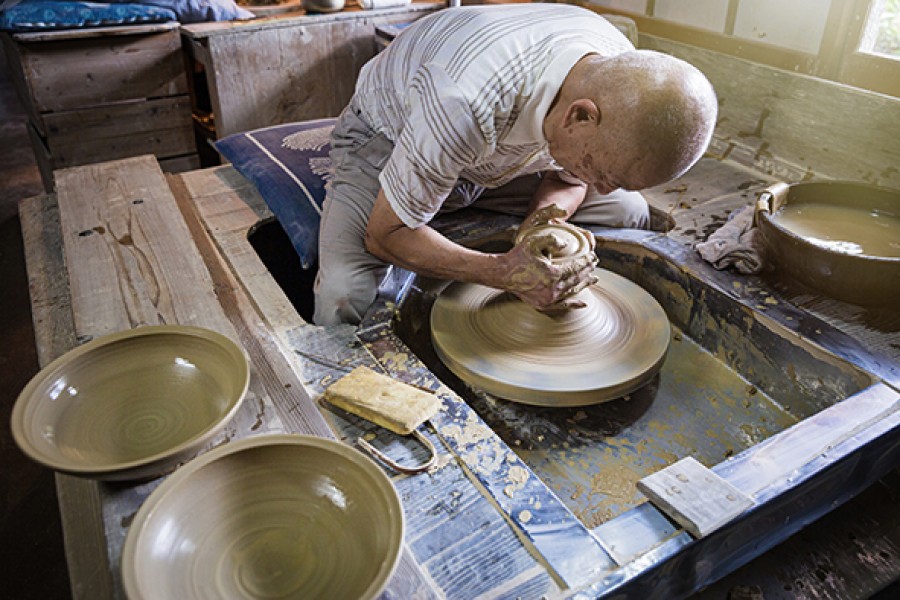Cultural Experiences
Aizu Hongo Pottery Workshops
A little-known treasure, Aizu Hongo pottery (known in Japanese as 'hongo-yaki') is the oldest type of pottery in the Tohoku region. Aizu Hongo pottery's history dates back to the Warring States Period (1467 – 1615), when Ujisato Gamo, leader of the Aizu clan, ordered renovations be made to Tsurugajo Castle. The production of ceramic tiles for the castle roof kick-started the tradition of making pottery in Aizu-Misato Town. During the early 1600s, Masayuki Hoshina (who founded the Matsudaira house) invited ceramic craftsmen to Aizu-Misato from Owari - a region famous for its pottery - in order to increase the skills of locals.It was from this time that Aizu Hongo-yaki production began in earnest. At the peak of its popularity, there were more than 100 potteries in the town. There are currently 13 left, which are centered around Setomachi in Aizu-Misato. The rich variety of wares produced from workshop to workshop is just one of the fascinating things about visiting the area. Aizu-Misato Town is also known for the area's unusual ability to produce both great-quality earthenware and delicate porcelain.Please enjoy taking a look around the various shops, workshops, and kilns, and try making pottery for yourself!

